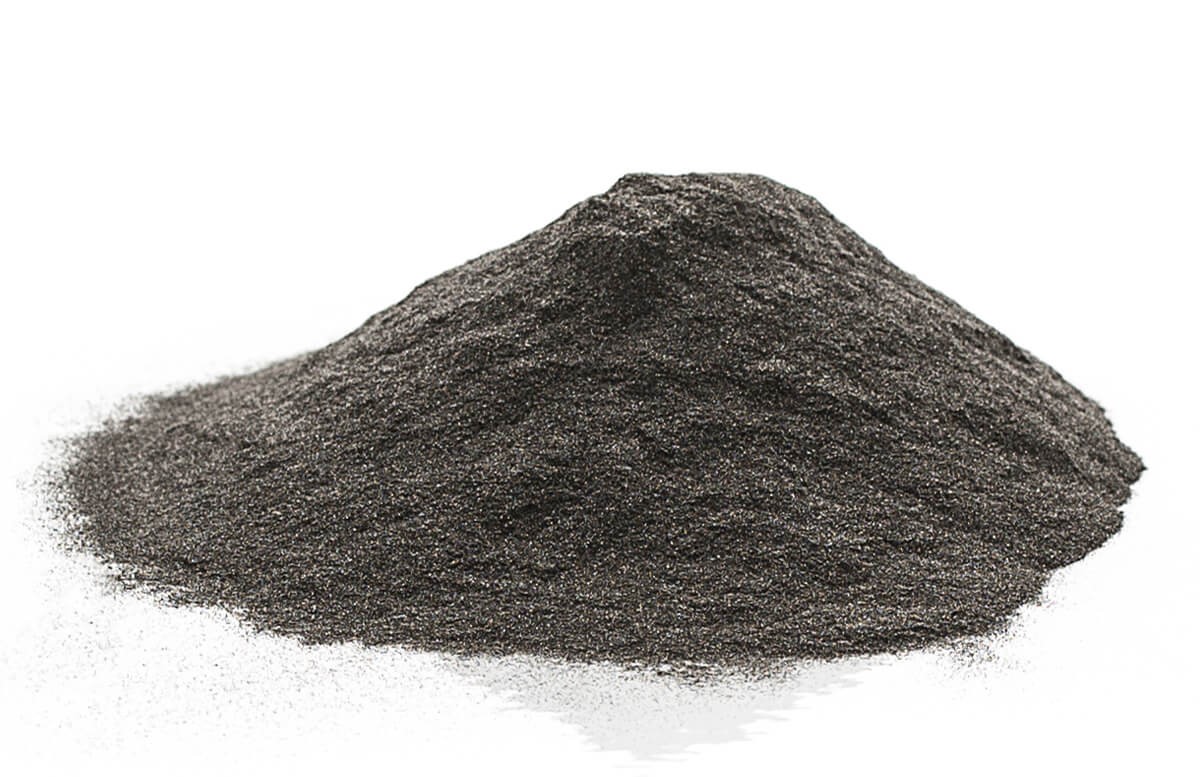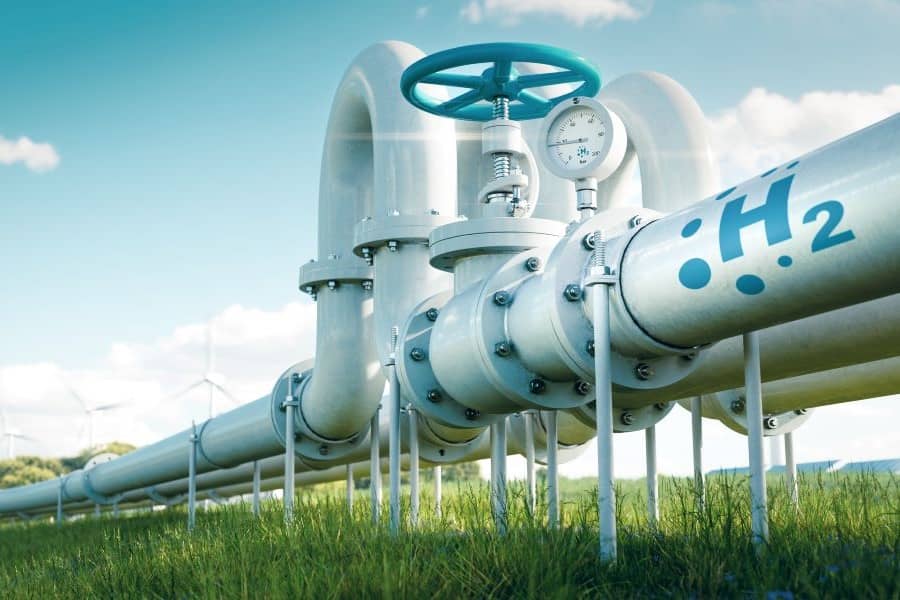Rhodium: Big Price Spikes in the Raw Materials Market

Source: loraks/Shutterstock.com
The platinum group metal rhodium has increased in price by more than 30% within a few days. In the view of TRADIUM precious metals expert Philipp Götzl-Mamba, there are several reasons for the price increase of the raw material, which is essential in autocatalysts. In this interview, he puts the current situation into context.
In your Oct. 16 column on the industry portal rawmaterials.net, you wrote that it’s rhodium madness. What’s happening in the market right now?
Philipp Goetzl-Mamba: For the past three months, there’s been little movement in the price of rhodium. The last significant price change we saw was at the end of July. But since the second week of October, the price has skyrocketed within a very short time, from 130 euros/gram to more than 175 euros/gram. That’s more than 30 percent. At the same time, the price is still at a historically low level. In the spring of 2021, peak prices of over 800 euros/gram were recorded.
What makes the price of this platinum group metal so volatile?
Philipp Goetzl-Mamba: In the case of rhodium, we’re talking about an illiquid market. There are few market participants – only mines, producers, some traders, and industrial buyers. In addition, the annual trading volume is low, only about one million ounces, the equivalent of about 30 tons. This combination favors dynamic price developments. Rhodium is scarce and almost entirely consumed by the automotive industry for the catalytic converters used with internal combustion engines. The second-most important customer is the glass industry, which requires rhodium to produce television screens, for example. In the past, peaks in demand could be met by recycling catalysts. In times of high inflation and economic uncertainty, however, cars are driven longer than usual instead of being scrapped. This means the recycling loop is missing an important source of raw materials.
What reasons do you see for the current price rally?
Philipp Goetzl-Mamba: In the automotive industry, planning for the coming production year is in full swing. The raw material requirements resulting from this – for example, for rhodium – have to be covered. For this reason, there’s a certain amount of purchasing activity every fourth quarter. That is normal. What we’re currently seeing is the opposite of normal. The still-low price of 130 euros/gram offers procurement good conditions for sufficient stockpiling.
In addition, there are many indications that demand is increasing. In the USA, the number of new registrations of internal combustion vehicles has increased compared with the previous year. Even more rhodium will be needed when stricter emissions standards come into force in the US for various vehicle types. Implementation of the new limits will require improved catalytic converters. The more rhodium and other platinum group metals in the filter, the more efficiently the filter will work.
In your column, you speculate that a possible stimulus package for the Chinese economy might be linked to the price development of rhodium. How are the two related?
Philipp Goetzl-Mamba: China is one of the largest economies in the world but is drifting towards stagnation. The domestic automotive and glass industries are strong economic sectors that could be supported by subsidies from an economic stimulus package. If China’s economy grows again, so will its demand for raw materials. In addition, China is trying to get a grip on the high level of air pollution in its own country by, for example, imposing strict exhaust emission standards for motor vehicles.
What outlook do you see?
Philipp Goetzl-Mamba: In view of the economic data, it’s exciting to imagine how the price will evolve. Whether rhodium will ever reach the high of 800 euros/gram again… we’ll see.
About Philipp Goetzl-Mamba
Philipp Goetzl-Mamba has been in charge of international trading in precious metals at the supplier of raw materials TRADIUM from Frankfurt/Main (Germany) since 2021. His expertise makes him a sought-after contact by industry and private customers who purchase strategic metals and precious metals as alternative physical assets from TRADIUM. Before joining TRADIUM, Goetzl-Mamba gained in-depth product and market knowledge in various positions at Heraeus Metals Germany in precious metals trading.
Philipp Goetzl-Mamba writes “Spotlight on Precious Metals,”a raw material column, for the industry service website rawmaterials.net. In addition to gold, his column focuses on the much-discussed but rarely analyzed platinum group metals (PGMs). Its focus is on the industrial applications of the metals and their potential as physical assets.




